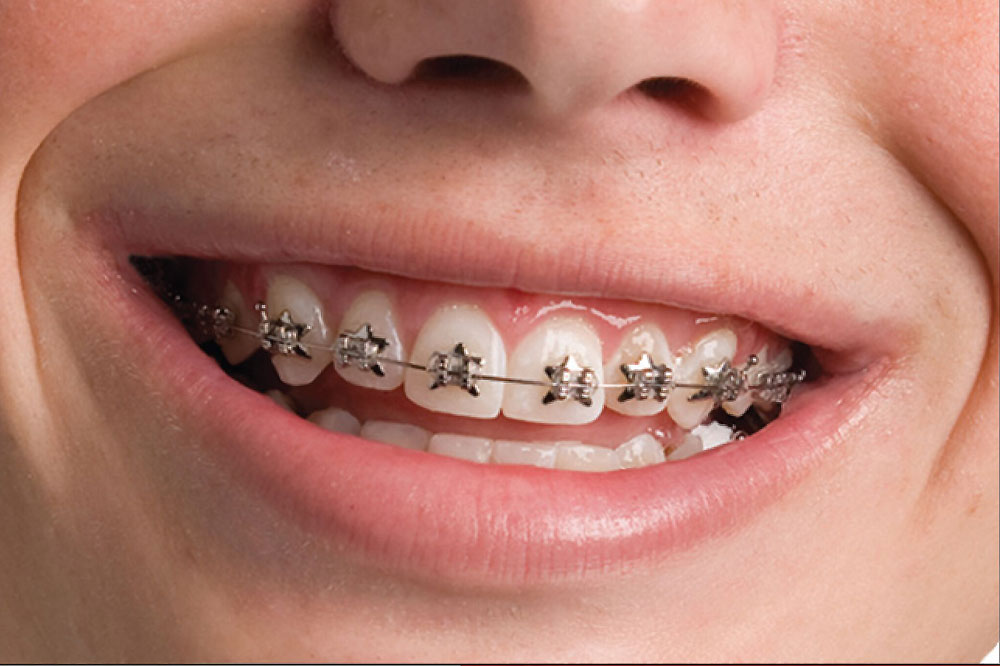Your Overview to Cumming Invisalign: Straightening Teeth with Style and Convenience
Your Overview to Cumming Invisalign: Straightening Teeth with Style and Convenience
Blog Article
Comprehensive Guide to Orthodontics Treatments for Fixing Oral Imbalances
In the world of orthodontics, the trip to accomplishing a completely straightened smile involves a myriad of treatments tailored to remedy oral misalignments. From typical braces to undetectable aligners and also medical choices, the field of orthodontics uses a range of solutions to resolve varying degrees of dental abnormalities. Understanding the complexities of each treatment, including their mechanisms, advantages, and potential disadvantages, is crucial in making informed decisions regarding one's orthodontic treatment. As we navigate via the detailed overview to orthodontic procedures for correcting oral misalignments, the elaborate details of each technique will certainly unfold, clarifying the path towards a harmonious and practical dental alignment.
Orthodontic Procedures Introduction

Regular adjustments and surveillance are crucial components of orthodontic therapy to ensure progress is on track and to make any kind of needed adjustments along the way. By going through orthodontic procedures, individuals can not just accomplish a straighter grin however also boost their total dental wellness and feature.
Typical Dental Braces: Exactly How They Function
When taking into consideration orthodontic therapies for dental misalignments, traditional braces stand out as a time-tested approach for fixing teeth placing. Standard braces consist of braces, wires, and bands that function together to apply continuous stress on the teeth, gradually relocating them into the wanted positioning. The brackets are connected to the teeth making use of an unique adhesive, and the cords are threaded via the braces. By changing the stress of the cords, orthodontists can manage the instructions and force put on each tooth, directing them right into appropriate positioning in time.
As pressure is applied to the teeth through the dental braces, the bone bordering the teeth is reshaped to support the new tooth positions. People will certainly need routine modifications at the orthodontist's workplace to ensure the braces continue to use the correct pressure for reliable teeth activity.
Unnoticeable Aligners: Benefits And Drawbacks
These clear, personalized trays are essentially unnoticeable when used, making them an enticing choice for people looking for a more cosmetically pleasing orthodontic treatment. Clients can eliminate the aligners before eating or cleaning their teeth, decreasing the threat of food getting stuck in the device and simplifying the cleansing process.

Surgical Orthodontic Options
Surgical treatments in orthodontics present feasible choices for resolving intricate dental misalignments that may not be efficiently fixed with traditional orthodontic treatments. While undetectable aligners and standard braces can deal with several orthodontic concerns, particular instances need medical treatment to attain optimal outcomes. Surgical orthodontic choices are generally advised for severe malocclusions, considerable jaw disparities, and situations where the underlying bone structure requires alteration to achieve correct placement.
One common medical orthodontic procedure is orthognathic cosmetic dental implants surgical treatment, which entails rearranging the jaws to deal with useful problems such as problem chewing or talking. This surgical procedure is typically performed in cooperation with an orthodontist that helps line up the teeth prior to and click here now after the procedure. Surgical orthodontics may likewise involve treatments to expose impacted teeth, remove excess periodontal cells, or reshape the jawbone to develop a much more unified face profile.
Prior to thinking about surgical orthodontic alternatives, individuals undertake a thorough examination to identify the necessity and potential benefits of such interventions. braces. While surgical treatment may seem overwhelming, it can substantially boost both the feature and visual appeals of the smile in instances where conventional orthodontic treatments drop short
Retainers and Post-Treatment Care

Post-treatment treatment involves complying with the orthodontist's instructions diligently. This might include correct dental health techniques, attending follow-up appointments, and putting on the retainers as suggested. Failing to adhere to post-treatment care directions can cause regression, where the teeth gradually move back towards their initial settings. Regular retainer wear, great oral health, and regular oral exams are crucial for maintaining the results attained with orthodontic surgery and guaranteeing read this post here the long-term stability of the corrected oral positioning.
Conclusion
Finally, orthodontic treatments offer numerous choices for fixing oral misalignments. Standard braces utilize metal braces and cords to shift teeth into appropriate positioning. Unseen aligners provide an even more very discreet option yet may not be suitable for all situations. Surgical orthodontic choices are readily available for extra serious imbalances. Retainers are frequently made use of post-treatment to maintain the brand-new positioning. In general, orthodontic treatments can successfully enhance oral health and visual look.
As we browse via the detailed overview to orthodontic procedures for correcting oral misalignments, the intricate details of each approach will certainly unfold, losing light on the course toward a harmonious and practical dental alignment. - invisalign
One of the most common orthodontic therapies is the usage of dental braces, which are composed of steel braces and cables that apply gentle stress to progressively shift teeth right into the wanted placement.When thinking about orthodontic therapies for dental misalignments, typical braces stand out as a tried and true approach for fixing teeth placing. Additionally, unnoticeable aligners might not be suitable for complicated orthodontic issues that require even more considerable teeth movement, as they are generally advised for moderate to moderate instances. Retainers are custom-made orthodontic gadgets designed to hold teeth in their corrected settings after the conclusion of orthodontic therapy.
Report this page